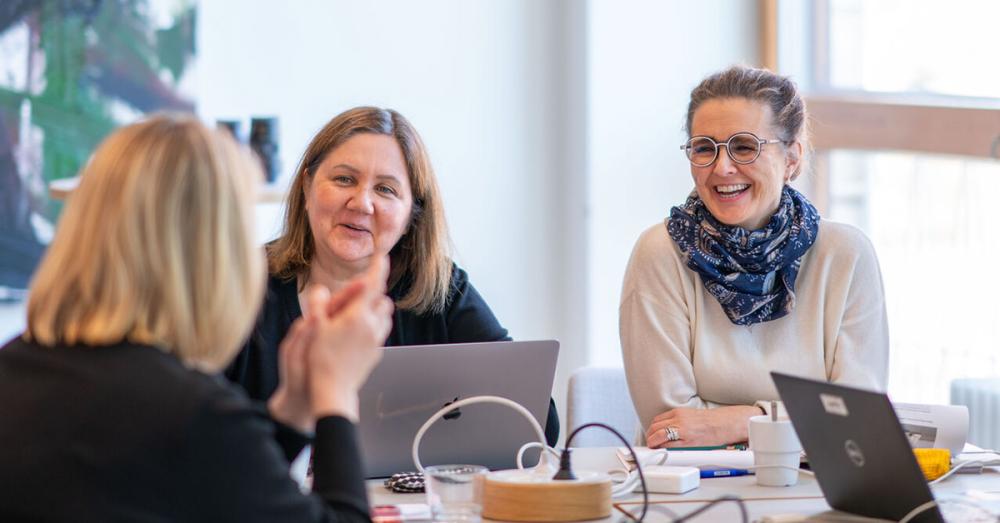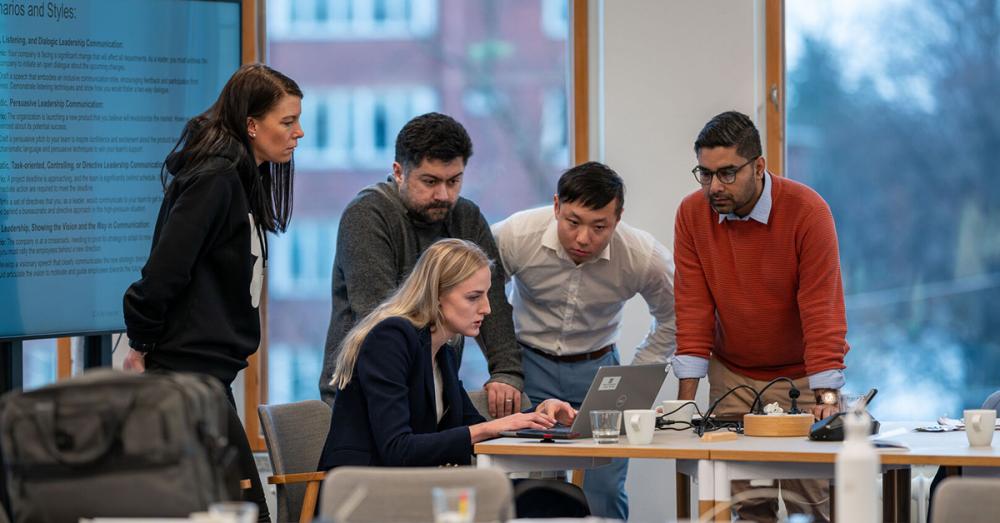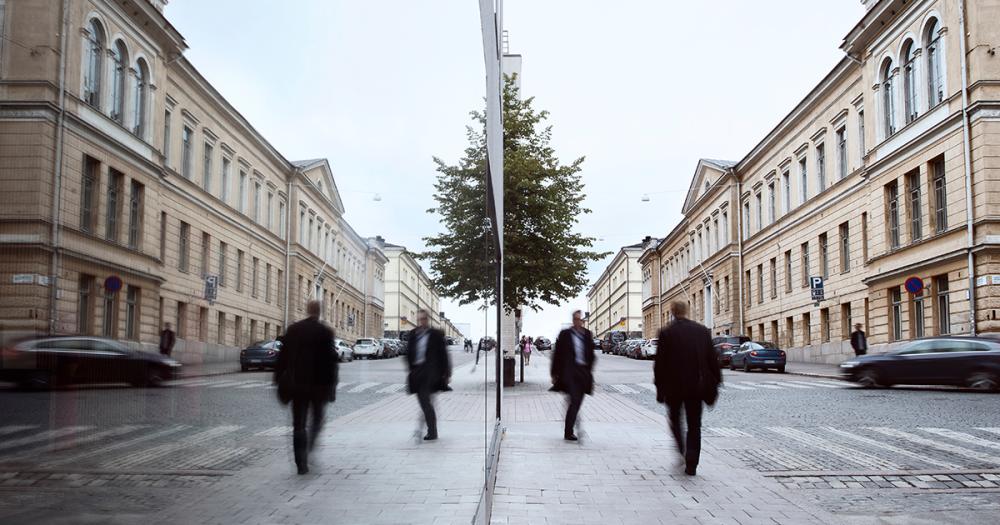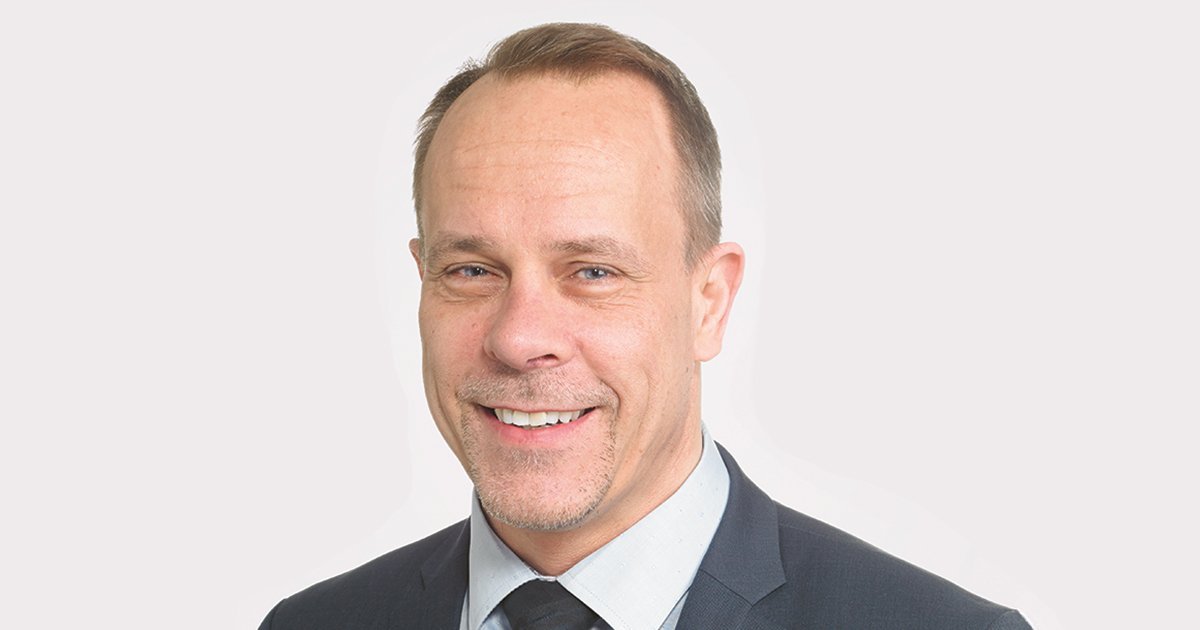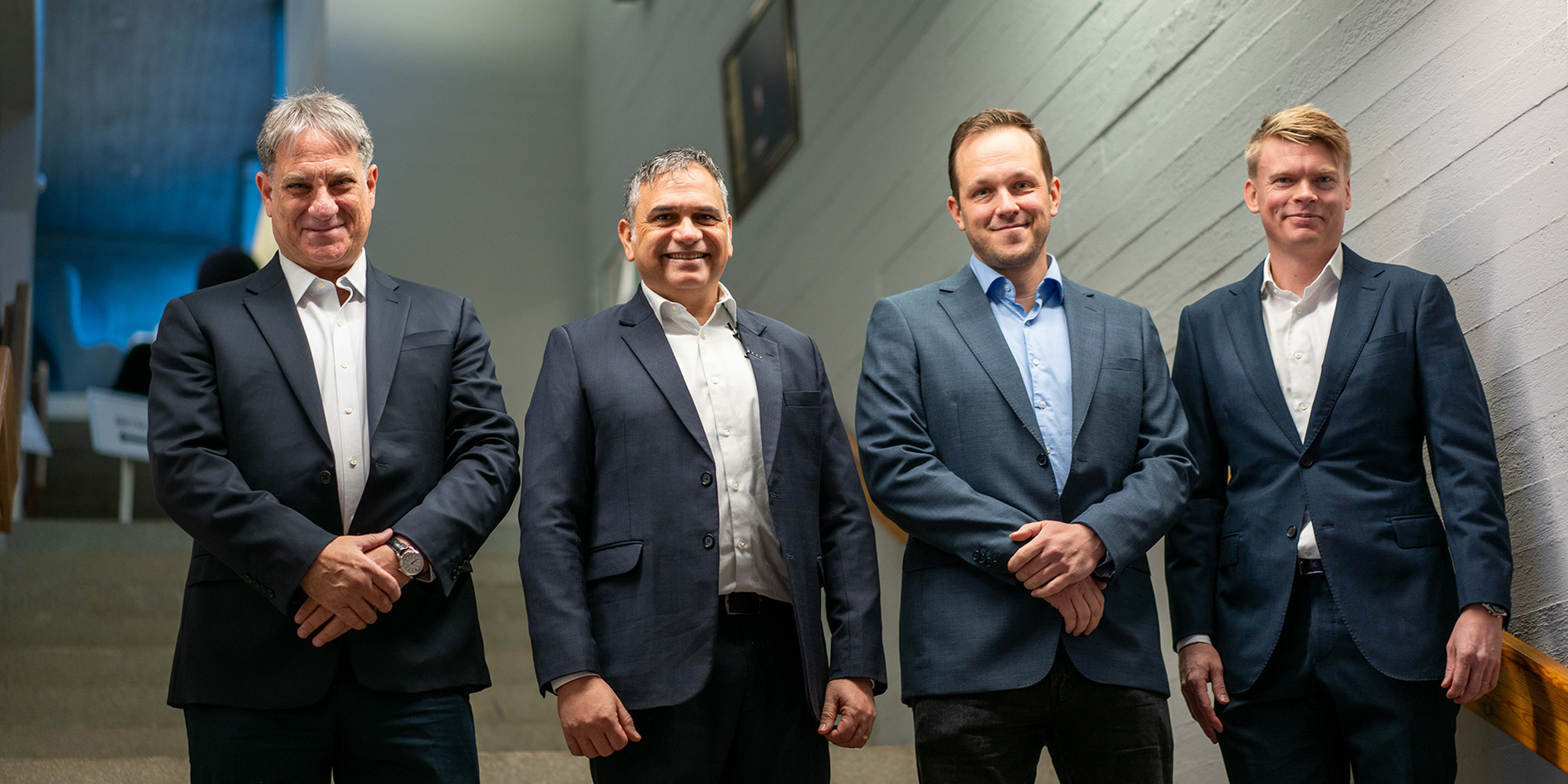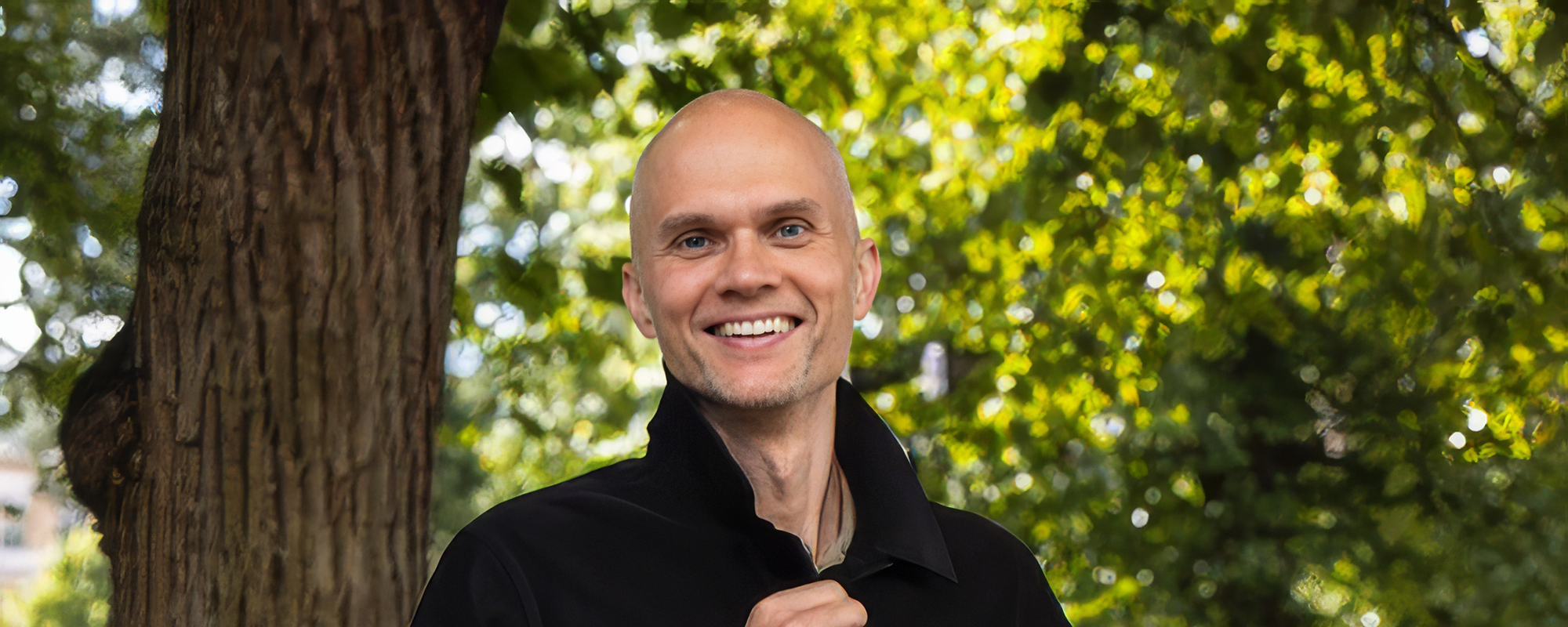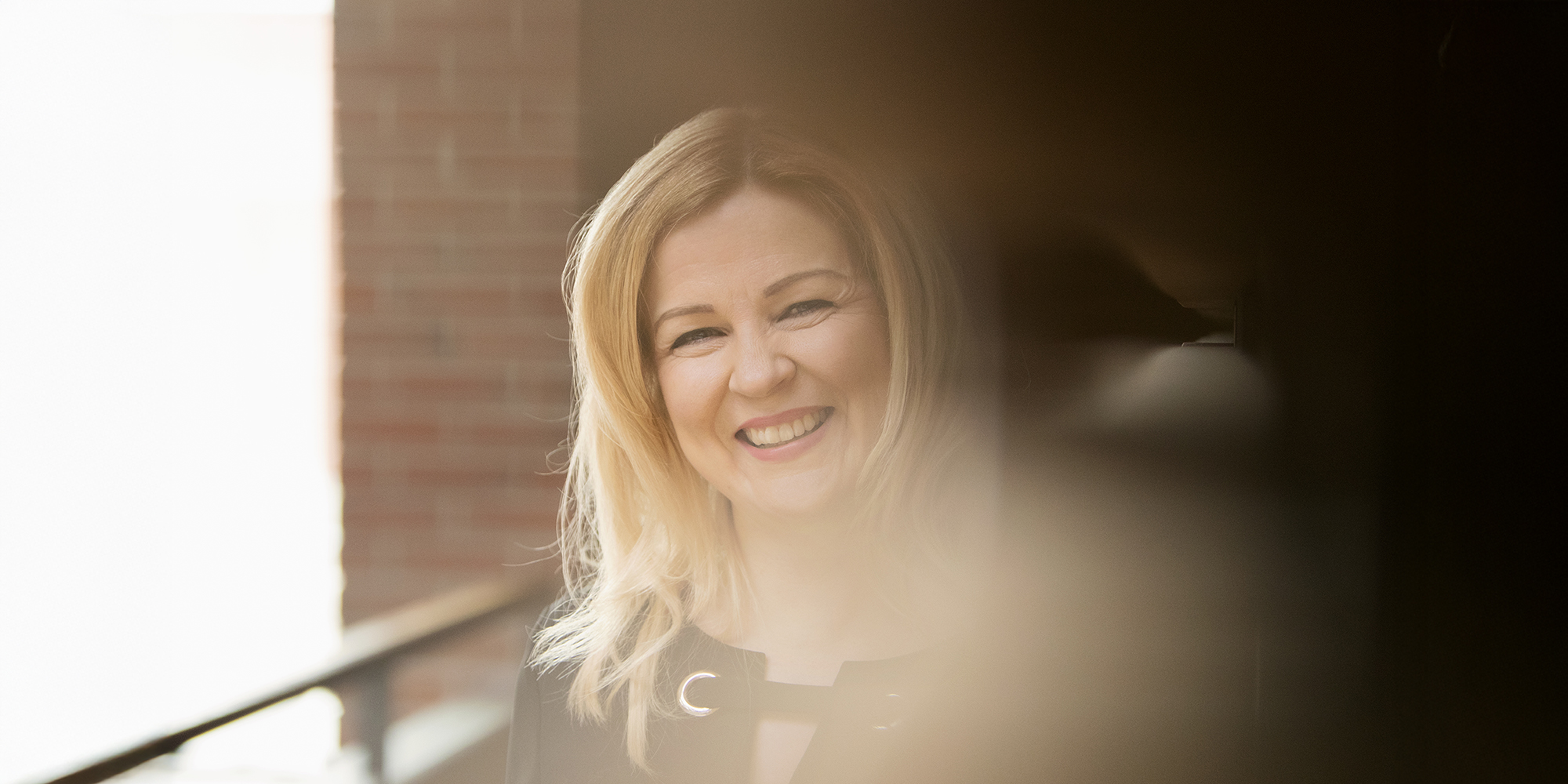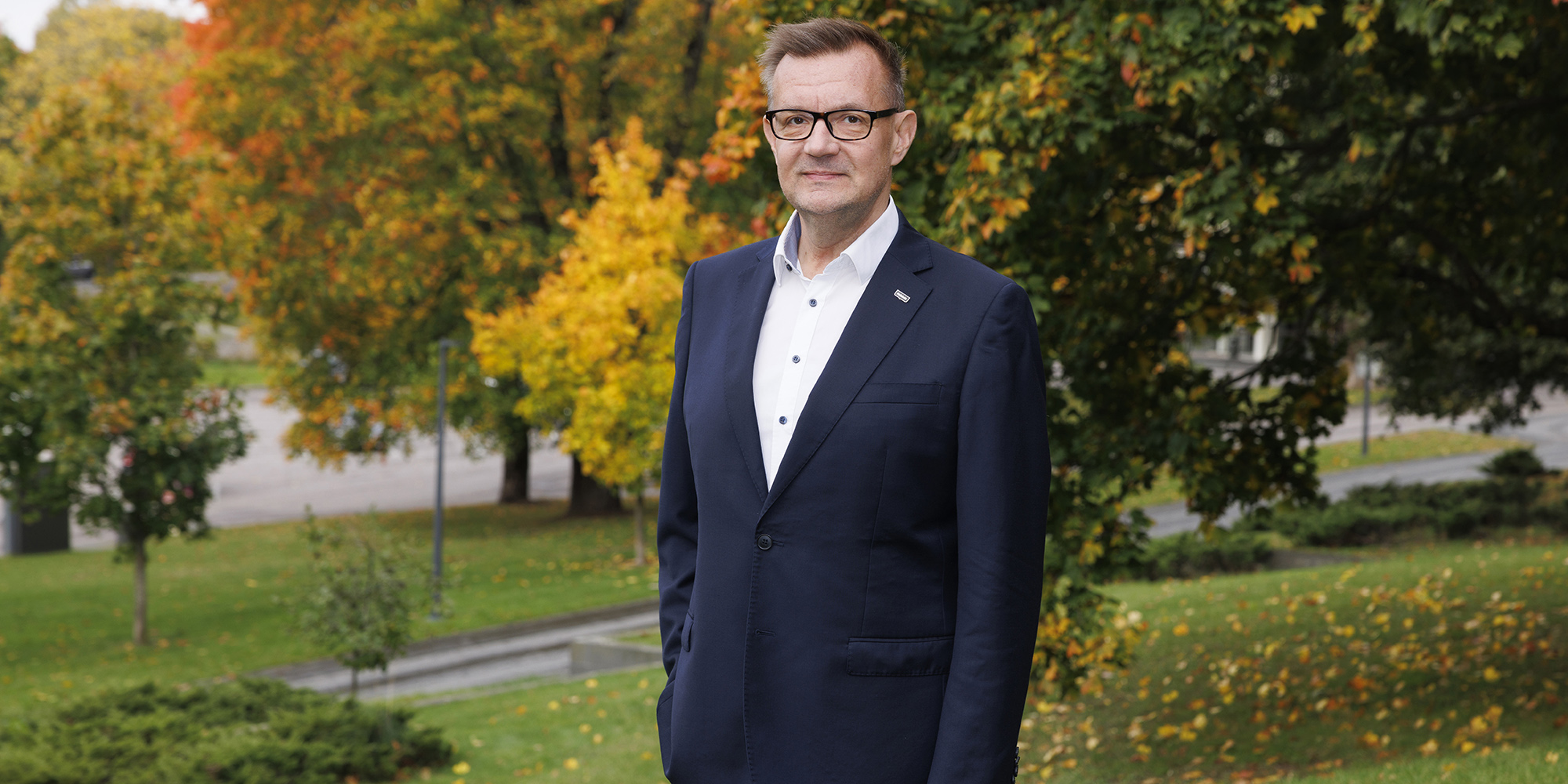Like a typical security manager, when asked about his mood in recent years, Antti-Pekka Kuusiluoma responds with a sigh of disbelief: “It’s been quite a ride!”
Similar to many other organizations, SOK has taken one day at a time in monitoring the situation, analyzing effects, and responding to changes. Kuusiluoma typifies security management in recent years, also in his title, changing to Senior Vice President in charge of administrative services and risk management, illustrating the wide-ranging task: security management isn’t simply about preventing individual damages, but deals with diverse, complex risks.
Issues range from shoplifting to pandemics, security of supply, internal control, and data security. What matters is that preparedness and risk management have a future orientation.
Security should be an integral part of the day-to-day activities and management of an organization."
Kuusiluoma emphasizes that rather than being a separate enclave, security should be an integral part of the day-to-day activities and management of an organization.
The security department is a pillar for business
Having worked in security and risk management for decades, Kuusiluoma has clear views on the way roles need to be divided in an organization.
Security management enables business operations. Rather than being a type of internal police force, the security department is a pillar for business.
“Being prepared for uncertainties means you can take more risks and be more successful. A risk is both a threat and an opportunity.”
During the pandemic, many organizations have switched to an emergency mode, setting up COVID task forces, emergency rooms, and crisis management teams. In the S Group, a designated crisis management organization has been in charge, collecting data and creating up-to-date situational snapshots. It has also drawn up various scenarios and their possible impacts on business operations, as well as proposals for further action.
Management is equipped to make decisions when the situation and future scenarios are known and based on facts.
A risk is both a threat and an opportunity."
According to Kuusiluoma, SOK followed a course of complying with official instructions and recommendations from the onset, which still left plenty of practical issues to be resolved, ranging from masks and visors to remote and hybrid work, hygiene guidelines, production chains, the availability of employees, and quarantine times. The list of issues to decide and implement is never-ending.
In addition to the practical side, emergency situations are characterized by emotions and how they are handled.
“We’ve found that open, transparent communication is a key tool in a state of emergency.”
"People need to hear the organization has the situation under control."
Trust is ensured when everyone knows what is going on.
”People need to hear the organization has the situation under control and is mainly on top of things. Decisions also need to be communicated clearly and be justified,” says Kuusiluoma.
People need to know what is being done and why.
An emergency reveals how well an organization functions, highlighting its strengths and weaknesses. This is reflected in the nature of security and preparedness exercises:
“They offer the perfect opportunity to chat with top executives about what needs to be improved, what works, any gray areas, and whether new threats or risks can be detected.”
To be honest, completely new types of threats are now looming in the horizon."
Europe, now being overshadowed by war, has further crystallized the social responsibility and role of companies. S Group plays its part in the national security of supply, preparations taking place alongside other sectors via the National Emergency Supply Agency of Finland. The goal is clear: it takes care of, e.g., the availability of food, energy, and cash in a state of emergency.
According to Kuusiluoma, both long-term and short-term risk scenarios are drawn up.
“To be honest, completely new types of threats are now looming on the horizon. Unlikely risks have partly become actualized. The risks, or at least their likelihood, have changed to some degree. Whatever the case, we draw up scenarios, assess risks, and make alternative contingency plans. Steps cannot be based on one-off facts.”
How is BANI (Brittle, Anxious, Non-Linear, Incomprehensible) demonstrated in your work?
”One crisis has followed another in recent years. A new situation emerges while still trying to manage previous ones. It’s challenging, as in most cases, you have to be able to run a business despite an emergency. During a crisis, the timespan for leadership and decision-making shortens: initially, you have to make quick decisions to manage the acute situation without time to prepare and discuss as normal. We’ve strived to identify issues that need to be resolved quickly – this gives more time to gather information for solving subsequent problems. Without premeditated priorities and operating models in place, you waste time and may cause further damage.”
This interview with Antti-Pekka Kuusiluoma is part of a long-form article published in Aalto Leaders' Insight magazine. Read the whole article

